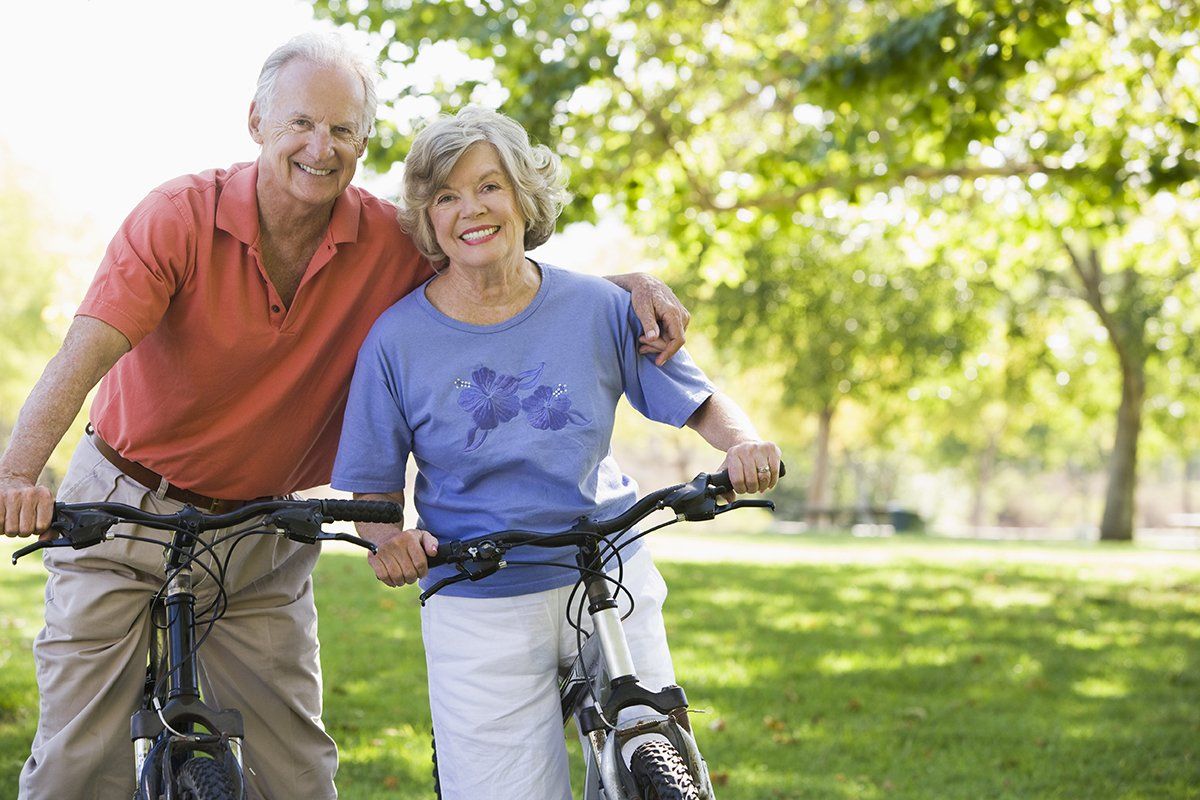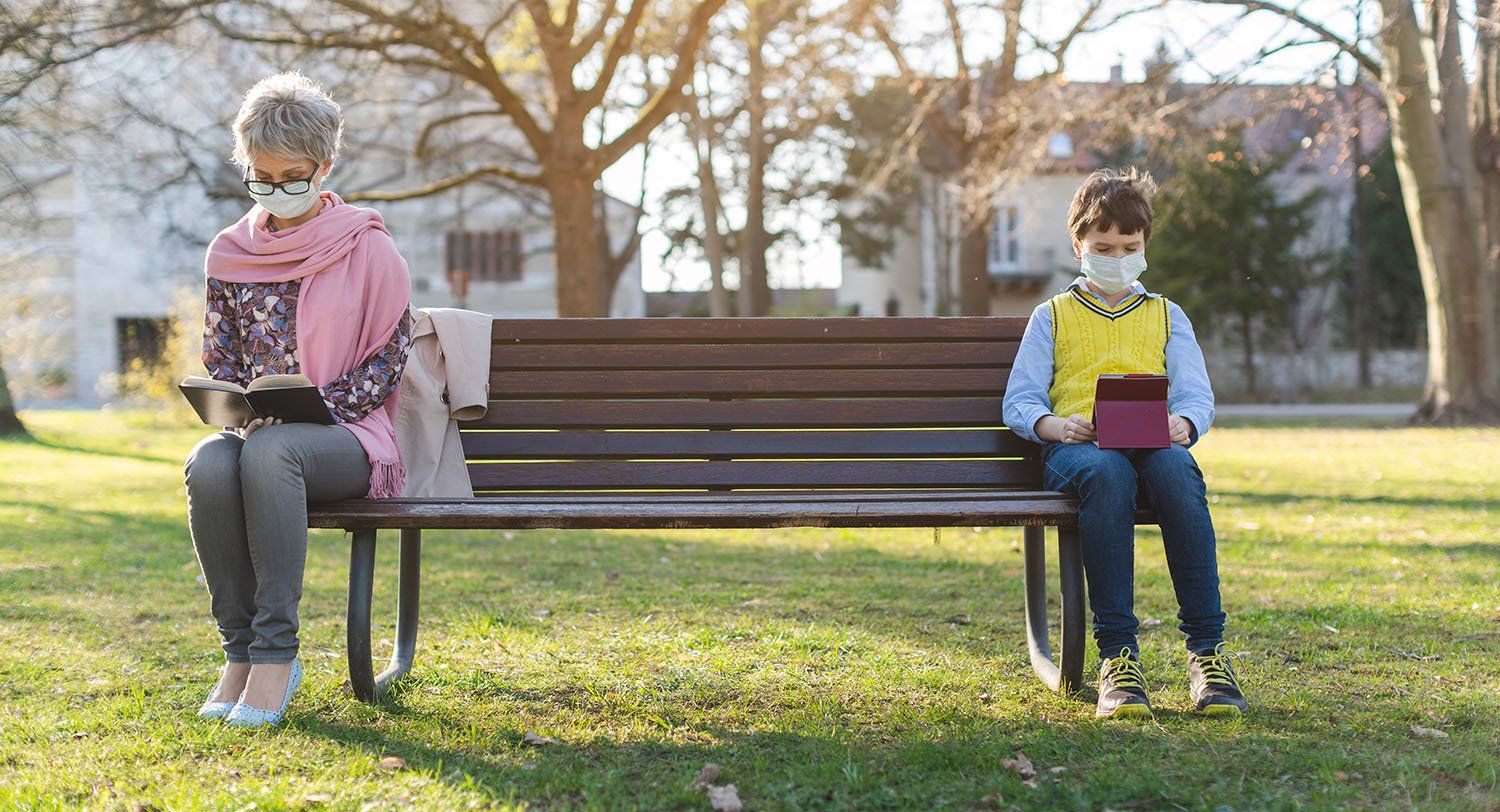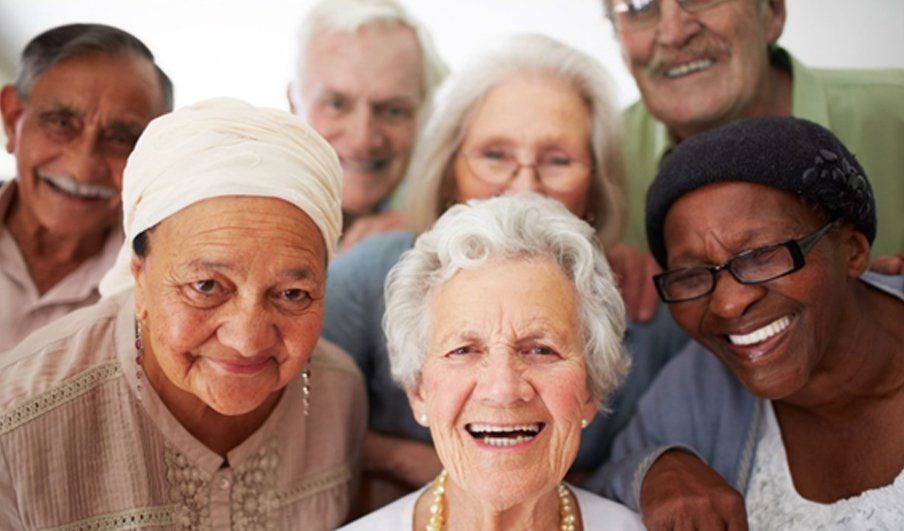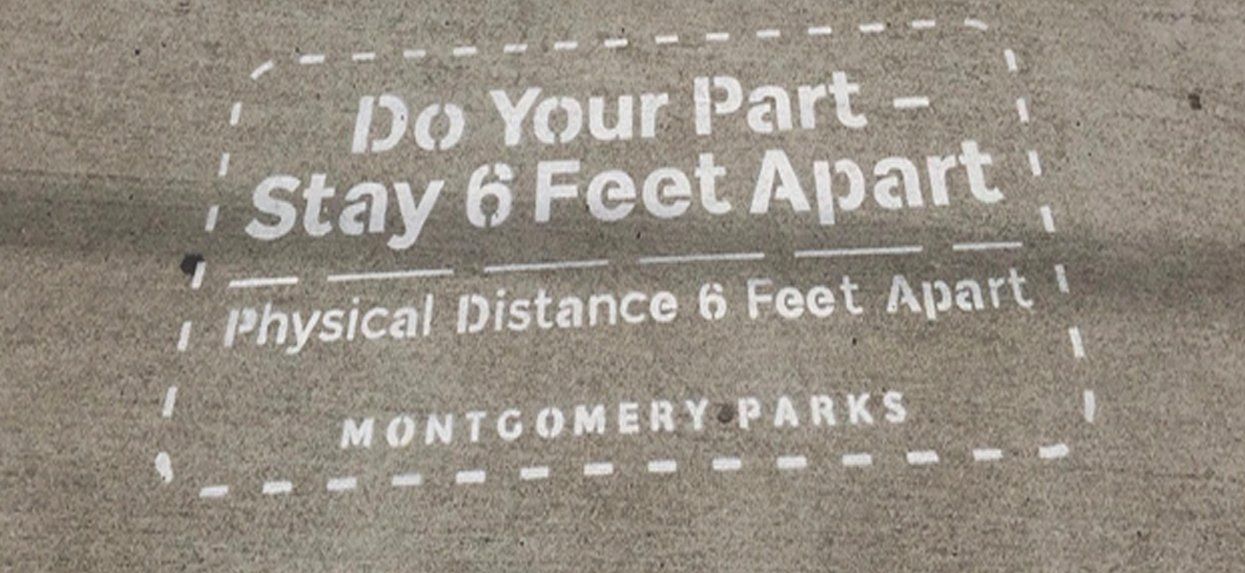Planning for Long-Term Care? Consider these guidelines
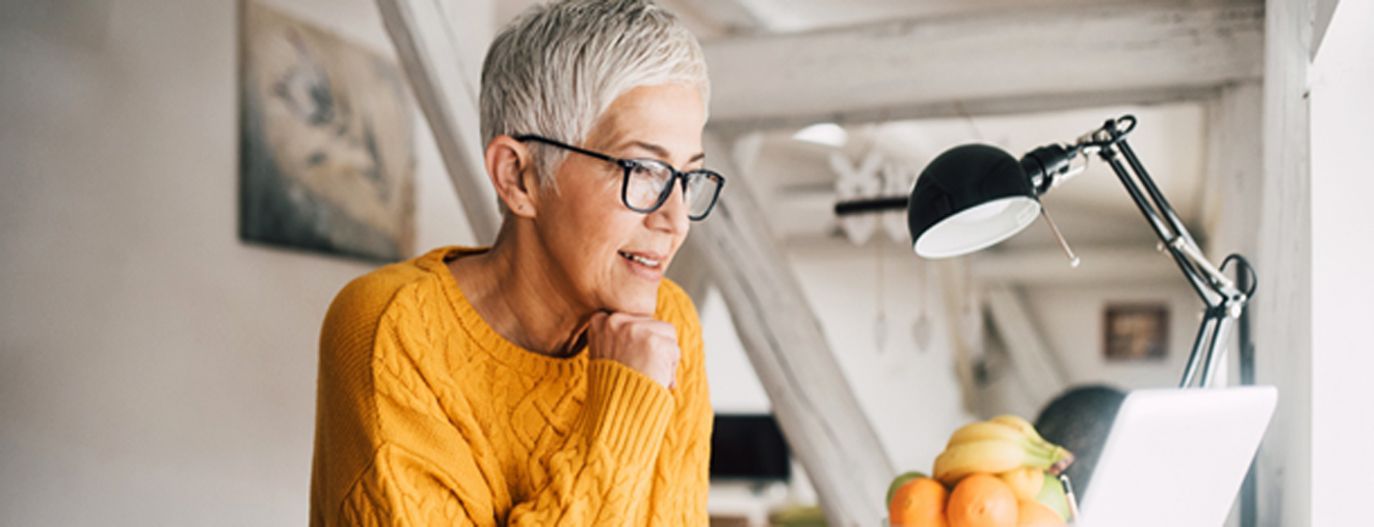
As we age, planning for long-term care becomes increasingly important and sometimes, an unexpected urgency. You may think this is not a problem right now, so I can postpone researching the “what ifs.” What if my spouse becomes incapacitated from a stroke, or I am given a diagnosis that will leave me less mobile? It’s essential not just for peace of mind, but also for ensuring that you or your loved ones receive the care needed without unnecessary stress.
Let’s start with understanding just what is long-term care and what may or may not be covered by insurance. Long-term care encompasses a variety of services designed to meet a person’s health or personal care needs over an extended period. This can include assistance with daily activities that we often take for granted. These daily activities include bathing, dressing, and eating, as well as skilled nursing care for chronic conditions. Understanding the range of long-term care options is crucial in making informed decisions.
Next, take a look at your current health. Start with a self-assessment of any existing medical conditions, mobility issues, or cognitive impairments. Ask yourself, based on your family’s medical history, are there any conditions that are in your background that may require medical a realistic assessment of your health status can help you anticipate future needs? Do the same with your partner or spouse. This may also be a time to share your concerns with your physician, especially if you are managing chronic diseases, as to their recommendations for potential long-term care needs.
Now that you have a baseline assessment of your current and potential health needs, it is time to become familiar with the different levels of care. First, AARP surveys and the National Council on Aging surveys are clear, most of us want to stay in our own homes. In-home care services offer personal assistance, companionship, and some levels of medical care.
If staying in your home is no longer possible, assisted living facilities can provide housing and help with daily activities in a community setting, allowing for more independence while still receiving necessary support. Many of these facilities have progressive care capacity, such as nursing care and memory care. For more intensive medical care, nursing homes provide around-the-clock supervision and healthcare services. Adult day care is another option that offers a safe environment during the day for older adults, allowing family caregivers time to work or attend to other responsibilities.
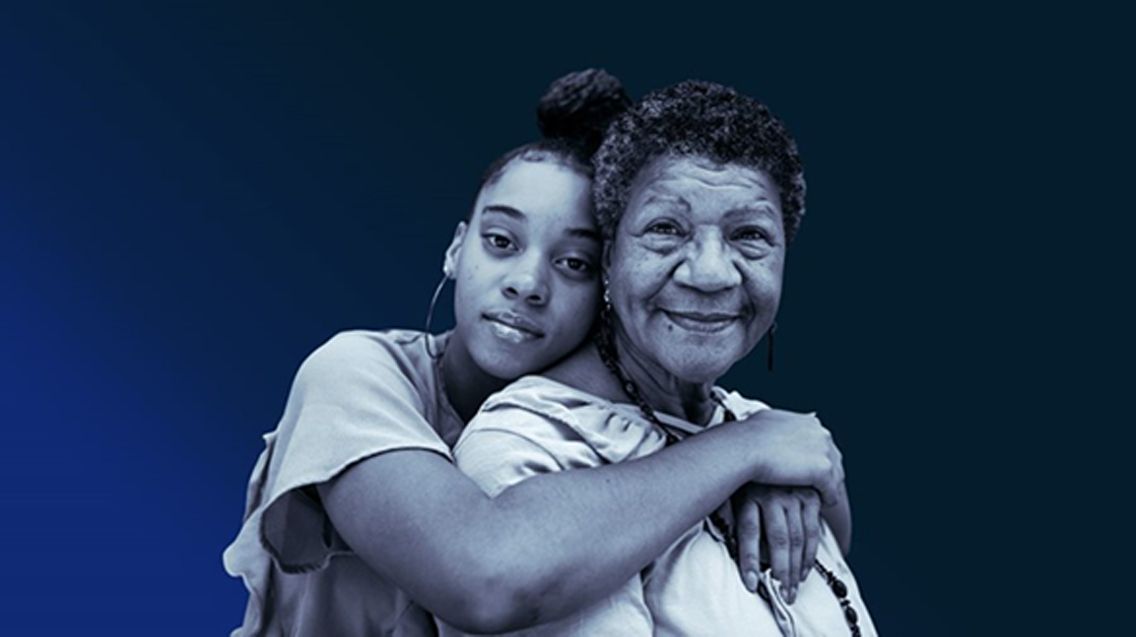
The two biggest hurdles in long-term care planning is having honest conversations with your family on health concerns and financial planning. Seek professionals to help provide you with a range of coverage plans and options. Always seek references and visit facilities in person, and at times, unannounced. Unannounced is very important to see how staff receive you, how residents of facilities are being cared for and the cleanliness of the facility itself. Take advantage of information on the website such as the Medicare nursing home resources https://www.cms.gov/about-cms/what-we-do/nursing-homes/. Check if a prospective assisted living facility has achieved Joint Commission Assisted Living Community Accreditation. https://www.jointcommission.org/what-we-offer/accreditation/health-care-settings/assisted-living-community/.For Home Care agencies, review training protocols for direct care staff and agency licensure. Remember, for any facility or agency you may consider, investigate any history of any complaints. DO YOUR HOMEWORK!
Assess now, plan early and safeguard your future health care needs.
Must Read Newsletter
Sign up for news and events
Newsletter
Most Popular
